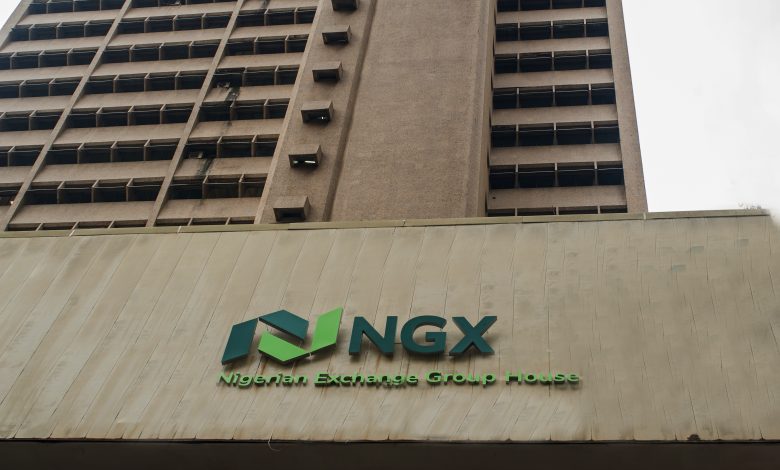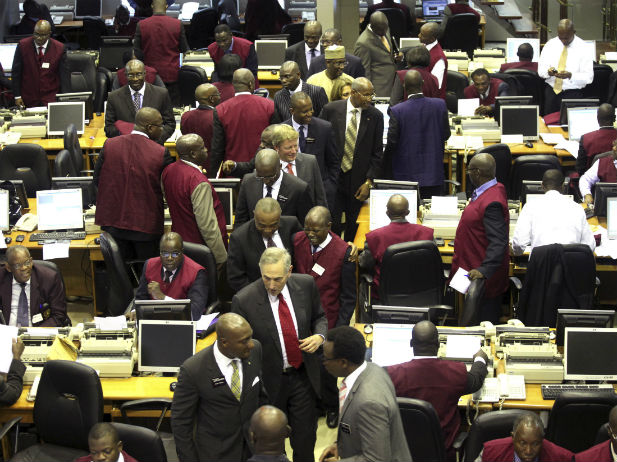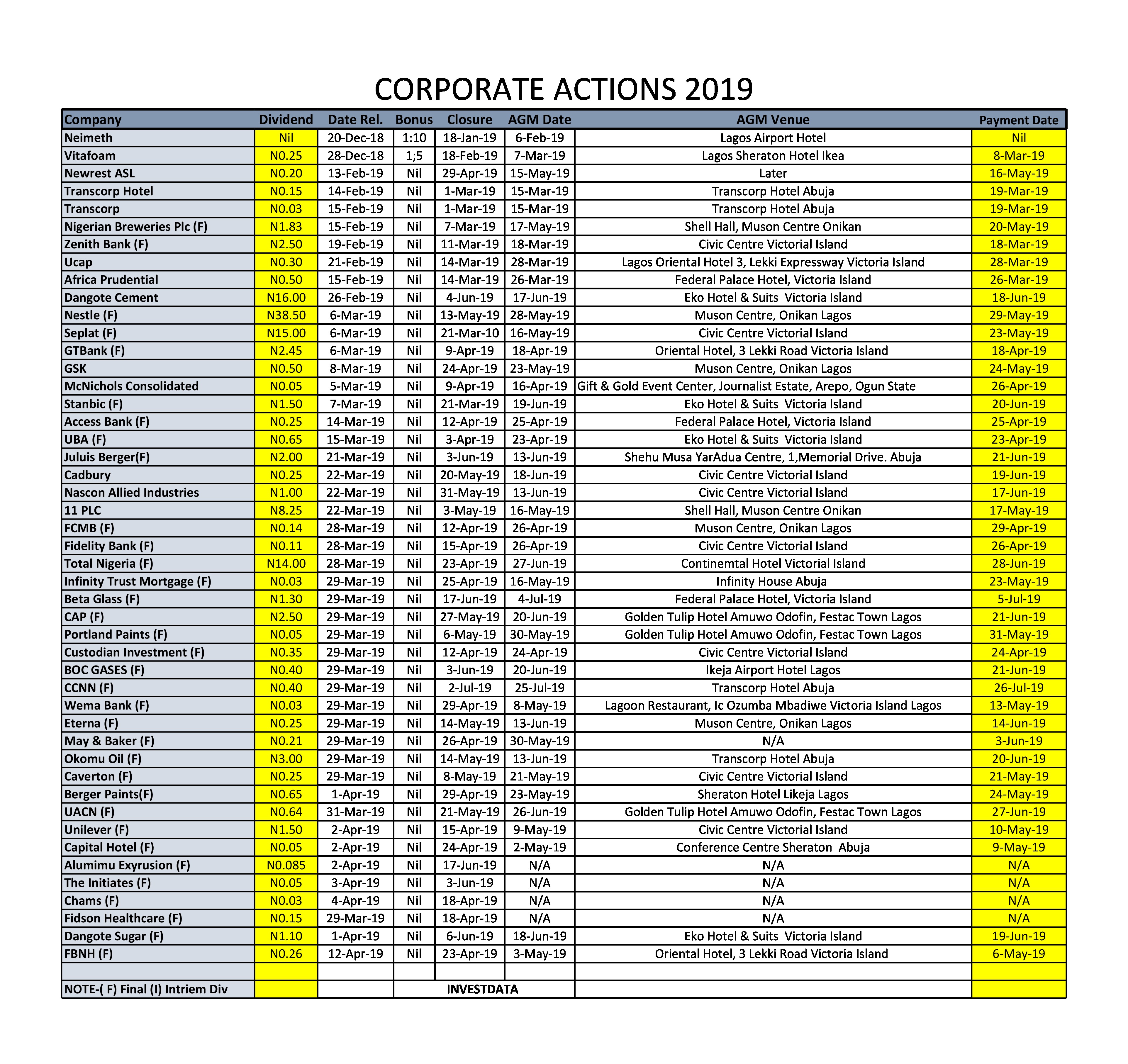Profit-Taking Dominates As NGX Extends Decline, Market Sentiment Weakens Amid Cautious Positioning

Market Update For November 18, 2025
The Nigerian equities market continued to navigate a challenging path on Tuesday as renewed selling pressure dragged the market lower for the second straight session. What began as mild profit-taking early in the week gradually intensified, reflecting a broader shift in investor sentiment as market participants reassessed their risk exposure in an increasingly uncertain macroeconomic environment. The tone of the session suggested that investors were more concerned with capital preservation than chasing upside, especially as liquidity thins out and major catalysts remain absent.
Throughout the trading day, the market displayed a pattern consistent with defensive behaviour. Investors across both institutional and retail segments appeared keen on locking in profits from previously strong counters, particularly within the banking and consumer goods sectors. While a few investors attempted strategic re-entry positions in select mid-cap stocks, the dominant sentiment remained cautious. This cautious stance was further evident in the declining market breadth, as more stocks closed in the red, signalling persistent downward pressure across multiple sectors.
Market activity, though mixed, showed interesting contrasts. Value turnover remained substantial, supported by high-value trades in a handful of fundamentally strong equities, while overall trade volume softened slightly—an indication that larger players were selectively active while smaller retail flows weakened. The divergence between volume and value suggests that the market is currently driven by calculated portfolio adjustments rather than broad speculative participation. This dynamic reinforces the view that investors remain watchful, preferring to move with measured conviction rather than aggressive positioning.
From a technical standpoint, the broader market structure continues to reflect short-term weakness. The All-Share Index has now traded below key short-term moving averages for several sessions, signaling a sustained loss of bullish momentum. More importantly, the index’s inability to reclaim these levels highlights a clear shift in control from buyers to sellers. Momentum oscillators, including the Relative Strength Index (RSI), show declining strength, although not yet at the threshold that typically signals oversold conditions. This leaves the market in a vulnerable zone where further downside remains possible unless a meaningful catalyst sparks renewed interest.
Candlestick patterns recorded over the last few trading days offer additional confirmation of bearish dominance. A series of small-bodied candles with longer upper wicks signals rejection at higher price levels, reflecting intraday attempts at recovery that were unable to sustain momentum. Combined with thinning volume, this suggests that upward movements may likely face resistance until confidence returns. The absence of strong foreign flows and the continued caution in local institutional activity further compound the downward momentum.
Looking ahead, the outlook for mid-week trading remains cautious and largely dependent on the strength of bargain-hunting activities. Investors may continue to gravitate toward fundamentally resilient companies with stable earnings prospects, especially those seen as undervalued at current price levels. However, the overall market direction is likely to remain choppy, characterised by intraday volatility and quick swings driven by short-term traders responding to emerging price patterns. Sector rotation is expected to persist, particularly in the banking and energy segments, as investors reassess their positions ahead of the year-end cycle.
Macroeconomic developments will also play a critical role in the near-term performance of the equities market. Persistent inflationary pressures, fragile consumer demand, and fluctuating exchange-rate conditions continue to influence risk appetite. Without a strong positive catalyst—such as favourable policy announcements, improved foreign participation, or corporate earnings upgrades—the market may struggle to find strong upward momentum. As such, investors are encouraged to adopt a balanced strategy, blending defensive positions with opportunistic entries into fundamentally stable counters at discounted prices.
In the global commodities space, the oil market offered a mixed performance that contributed to the cautious local mood. Crude oil prices steadied after early-session declines, with traders balancing geopolitical risks against concerns about an expected global surplus in 2025. Brent crude settled at $64.32 per barrel, while WTI inched up to $60.05. The recovery in prices followed comments from U.S. officials highlighting the tightening effect of sanctions imposed on Russian oil giants Rosneft and Lukoil. However, market reaction remained measured due to expectations that global supply growth may outpace demand next year.
Russia’s Novorossiysk port—responsible for roughly 2% of global crude supply—resumed loadings after a two-day suspension caused by Ukrainian drone and missile strikes. The brief disruption, which had previously pushed prices higher by more than 2%, underscored the fragility of global oil supply chains amid ongoing geopolitical tensions. Nonetheless, traders appear increasingly focused on the broader outlook for supply-demand balance, keeping price movements relatively contained.
The Nigerian equities market eventually closed Tuesday’s session lower as the All-Share Index fell 0.12% to 144,986.51 points. Market capitalisation dipped by ₦110.20 billion to ₦92.22 trillion, while year-to-date return moderated to 40.86%. The day’s downturn was driven by losses in major stocks including ZENITHBANK (-3.10%), PZ (-2.58%), UBA (-2.51%), NGXGROUP (-1.90%), ACCESSCORP (-1.12%), and OANDO (-0.59%). NCR led the gainers’ chart, hitting a fresh 52-week high at ₦30.95, while LIVINGTRUST ended as the top loser. Trading volume slipped to 381.23 million units valued at ₦16.72 billion in 21,827 deals. TANTALIZER recorded the highest volume with 58.78 million units, while ARADEL dominated value turnover at ₦9.50 billion and accounted for 56.81% of total value traded, followed by ZENITHBANK and GTCO.






